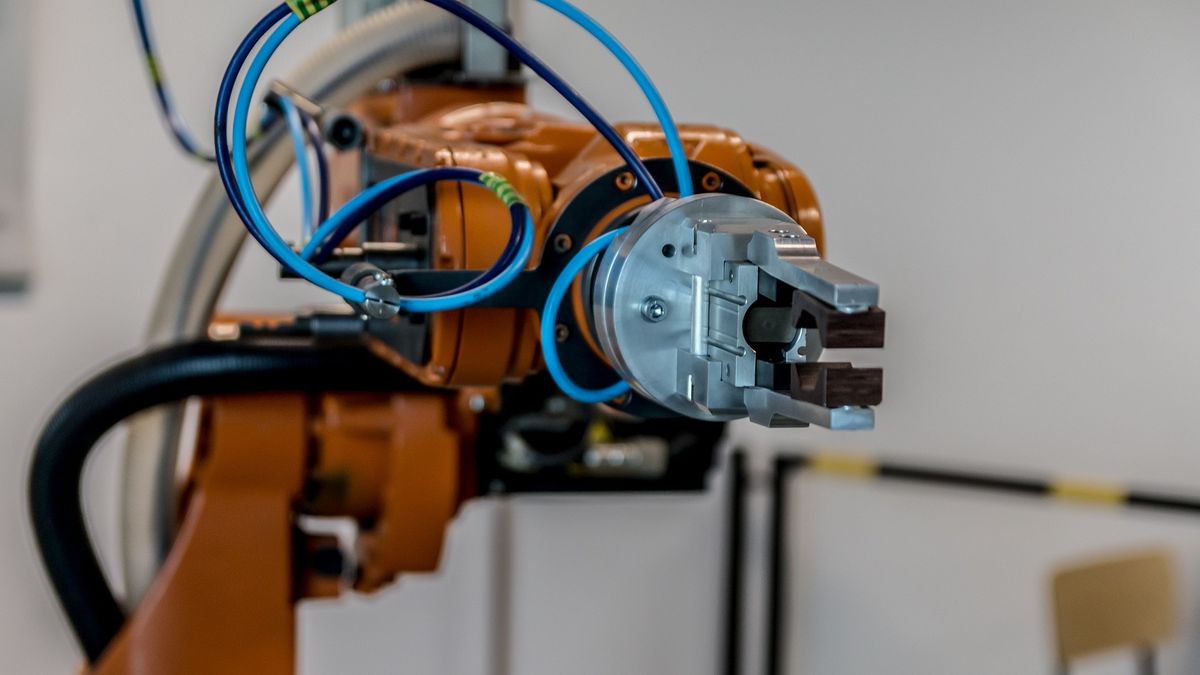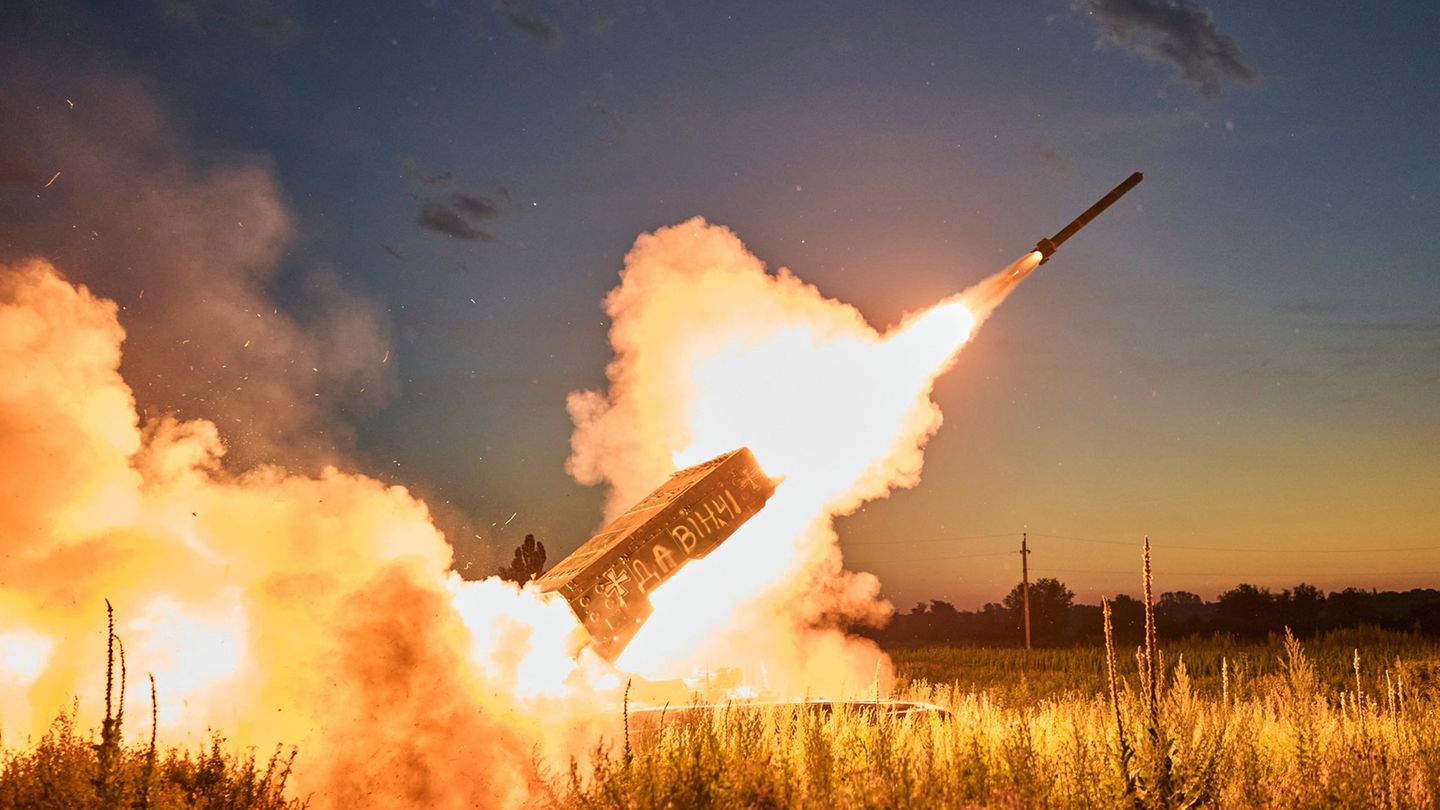At this point, it is known that robots will invade the planet, cause unemployment and govern people are thoughts as old as science fiction.
However, every time people realize that they are using technology more frequently or that companies understand the need to digitize processes, the same feeling arises that the viewers of L’arrivée d’un train à La Ciotat had in the improvised movie theater of the Lumiére brothers, in 1896.
Would a train come off the screen and kill them all or was it just a moving image? The Lumiéres intended, at that time, to project 3D images and for this they proposed an innovative image representation system that instead of surprising generated fear, a recurring sensation in people when they face the unknown.
A century later, technological developments continue to generate the same excitement that, at best, challenges some, but at worst, paralyzes others. Compared to more than 100 years ago, today we are protagonists rather than spectators and for this reason we witness technological evolution as if it were the very train leaving the screen and without even giving ourselves time to run for our lives.
But no, such advances do not pass over humanity destroying it, nor do they wait until we are asleep to govern ourselves. Technology does not invade us and the main reason for this is that it is precisely a construction of the human being that, if one wants to see it from the Aristotelian point of view, is a tool that we build in search of happiness. .
In other words, what we have achieved today with robotic automation is not an army of encroaching robotic machines, but rather a good toolkit that, cleverly implemented, can make our lives easier.
When I refer to intelligence, although one of the technologies that was on everyone’s lips at that time has been well named in this way, I am not referring to anything other than that of the human being, capable of creating the tools, the systems and optimization processes to get more and more out of it. I eat? Increasingly simpler, pressing play on a button with which it is possible to reduce to minutes the repetitive and routine actions that, done manually, take hours, days or months.
If you like, in that single paragraph, he reserves the reason why fear -which is an organic expression- should be followed by challenge and change management, an essential triad to start thinking, finally, that the automation of processes have more benefits than setbacks.
The writer Howard Phillips Lovecraft already said: “The oldest and strongest emotion of the human being is fear, and the oldest and strongest type of fear is the fear of the unknown.” I add to this phrase, from my humble experience, that what is unknown by some is the invention of others, and such an invention is a solution for everyone.
Automation and change management
Resistance to change is riddled with biases, mainly one that ponders the negative aspects of this era without even giving us the opportunity to explore the positive aspects.
For example, it is normal for the person who drives his car to work, where he performs the same tasks every day, to have incorporated new habits in recent times, such as the use of a transit mobile app that indicates the route faster, or listen to the music that an app suggests based on your tastes, but at the end of the day you wonder how long until they replace your place with a machine.
It is also normal for the manager of an accounting office to have replaced his traditional agenda with a Google Calendar that is synchronized with his corporate email, but when making bank reconciliations he continues to open an Excel spreadsheet, knowing that that day your entire team should spend a few hours reviewing details.
Especially in these times, it is common to see that more and more companies are incorporating process automation technologies, but when it comes to showing their routines so that these technologies can learn, they once again perform the entire task manually.
In these three examples, without going any further, those who resist change are seeing themselves as bystanders afraid that the train will run over them. Some more passive in the face of the noise of evolution, others a little more open to adaptation but equally fearful, and all of them definitely expectant before, once again, that sensation that paralyzes them.
There is no such train anymore, so what are you afraid of. It’s simple: to lose their jobs, to lose control, or to lose whatever it is that can be lost on the side of unknowing.
In the same way, the equation is not so complex because it is solved with knowledge and it is happening, fortunately, in an increasingly democratic way. You just have to take it, although it is clear, it is not such a simple step for those of us who grew up in an era in which the time to study ended, hopefully, when you leave the university.
Therefore, change management mainly entails learning how it works, what are the opportunities, what are the threats, how it is assembled, how it is disassembled and what are all the pieces of what we do not know.
Even better, change management is inevitably an individual step with a collective impact where we have to learn the details of each piece so that the construction we do is conscious and applies all our creative abilities.
Clearly you have to go through fear and that journey is defined as the challenge. If we did not have that emotion in one of our hands, we would not be in a state of alert, something that is also necessary for construction.
However, and I appeal that this is the next step for society and corporations, the learning process should be increasingly agile so that automation begins to be implemented, finally, combining human cognitive abilities with practicality, the reduction of risks and investments that favor the technological tools that we are developing.
The romance of automation
Do they suppose that machines cannot help humans and make their lives simpler? That is the mission, therein lies the poetic metric of the technologies in operation, when we finally understand, know, learn and accept that we are capable of doing better things and leave the routine and boring work to our technological constructions, giving us guarantees that we have much more to do with what results from those automated processes.
But for that to happen, and while we go through the learning stage, we have to get the idea of the train out of our minds and get out of the place of spectators, we also don’t have to adopt the role of transformers of the environment because although we build it, it produces a lot of wear and tear. put on our shoulders the mission of altering what is given, even when part of it is ignorance of what is coming and that will always be a mystery to unveil.
On the other hand, if we identify ourselves as pieces that, unlike machines, not only absorb knowledge, but also sensitize it, give it meaning and transform it so that it always represents a solution for our lives, then it will be possible to understand this romantic aspect of automation, the one that makes it functional insofar as it needs the human being before, during and after.
There are enough statistics today to account for how many companies are beginning to explore automation technologies and also those that point out which jobs are at risk. I choose, from the pile, the World Economic Forum report that indicates that the new division of labor in 2025 will eliminate some 85 million jobs, but will create more than 97 million new jobs.
Of course, I won’t leave you with the pressure to reinvent yourself to stay on the job because that message, in the end, deepens the negativity bias and as I said I don’t promote the pressure to be transformative.
On the other hand, I do encourage you to open your mind and eyes to see your surroundings, to understand what you are capable of doing with what is happening and how you visualize yourself as a piece that can integrate soft and humanistic skills, as well as an empathic and creative sense of the machinery.
Why am I talking to you when change management is cultural and therefore collective? Because you are a piece and I ask you to learn from the detail to make the most complex actions simpler.
The challenge of being creative is even more overwhelming than the fear of the train leaving the screen and that is that, as I said at the beginning, it is the next step after that emotion, but now with the purpose of doing something with it .
Some choose to get on the train, others leave the room and return to the stage of paralyzed fear. In the meantime, you know, the train will pass without killing anyone.
CEO of Conciliac
Source: Ambito
David William is a talented author who has made a name for himself in the world of writing. He is a professional author who writes on a wide range of topics, from general interest to opinion news. David is currently working as a writer at 24 hours worlds where he brings his unique perspective and in-depth research to his articles, making them both informative and engaging.




